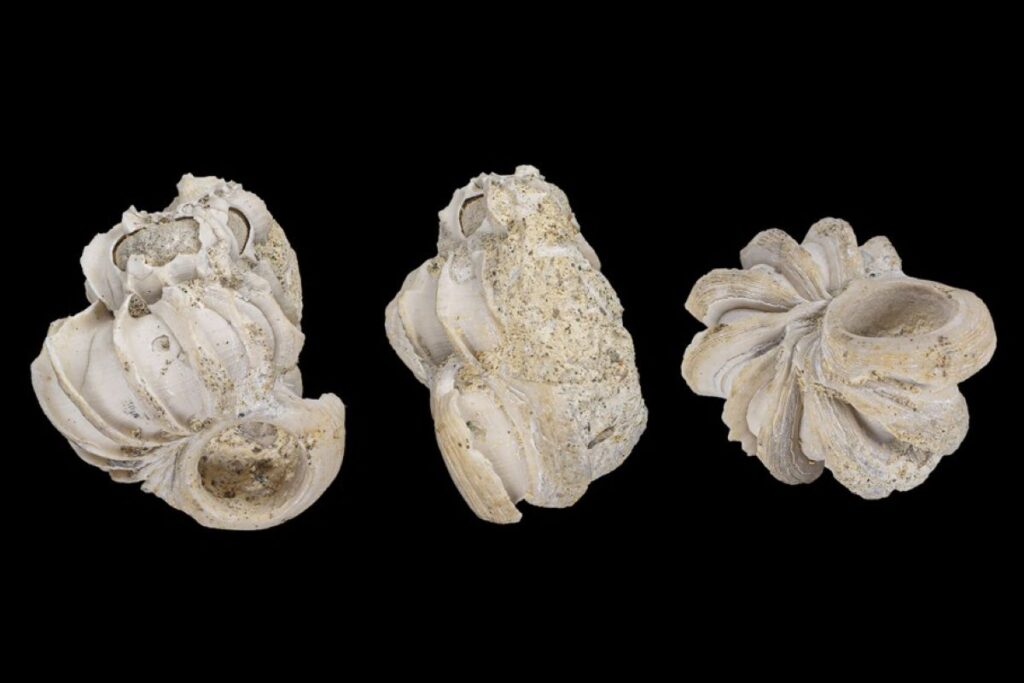Melitensis by Heritage Malta at the National Museum of Natural History is open to visitors until July 6.
The term ‘melitensis’ has been used in scientific nomenclature to denote species endemic to or first identified in Malta: The exhibition Meltensis traces the evolution of biological classification from early, decentralised systems to the standardised system introduced by Swedish botanist Carl von Linné in 1753.
Visitors will encounter a diverse array of specimens – from bacteria to plants, invertebrates, and vertebrates, both fossilised and extant, that bear a Maltese connection through their designation.
These include:
The bacterium Brucella melitensis which is capable of zoonotic transmission (i.e. leaping from animals to humans), causing a disease medically known as brucellosis. The bacterium is commonly associated with livestock, particularly goats and sheep, whose unpasteurized milk is a primary transmission route for the infection in humans. Maltese doctor and archaeologist Themistocles Zammit (1864–1935) identified the link between this disease (deni irqiq or Malta fever) and the consumption of contaminated dairy products, which was a common public health issue in Malta in the early 20th Century.
An extant invertebrate: Lampedusa melitensis (Caruana-Gatto, 1892), a Maltese endemic species, one of the rarest land snails in Europe, which is critically endangered.
A fossil invertebrate, an endemic fossil species of sea snail from the Globigerina Limestone Formation (Franka) which was named Scalaria melitensis by Frederick Cowper-Reed in 1939. Unfortunately, that name was already used for a different species from the Blue Clay Formation (Tafal), named by Theodor Fuchs in 1876. This meant that a different name had to be coined for the first species, which is now known as Sthenorytis garigor, utilizing a word from the Maltese lexicon in scientific nomenclature.
An extant vertebrate described in the first scientific checklist of birds observed in the Maltese Islands, ‘Catalogo Ornitologico del Gruppo di Malta’, published in 1843 by the Maltese ornithologist Antonio Schembri (1813–1872). In this publication, Schembri described what he believed to be a new species – Thalassidroma melitensis – a name currently considered a junior synonym of the Atlantic Hydrobates pelagicus, despite the somewhat distinctive traits of the Mediterranean population. Schembri also supplies vernacular names for this bird: the Italian ‘Talasidroma maltese’ and the Maltese ‘Qangu ta’ Filfla’, in current orthography ‘Kanġu ta’ Filfla’. In English, the species is known is the ‘European Storm-Petrel’.
A fossil vertebrate Maltamys wiedincitensis, the extinct dormouse, the remains of which were found in Għar Dalam cave. In this case, both the genus name and the species name refer to Malta, or a locality in Malta.
A plant, the parasitic plant known as the ‘Malta Fungus’ the correct scientific name for which, nowadays, is Cynomorium coccineum. However, in 1674, Sicilian botanist Paolo Boccone gave it the name Fungus coccineus Melitensis Typhoides. This name is not valid scientifically for a few key reasons: it was published much before the formal establishment of binomial nomenclature; it is quadrinomial, and not binomial; and ‘Fungus’ is too broad and inaccurate a term. The plant has a very wide distribution throughout the Palaearctic, and is not endemic to Malta.
Through these examples and more, the exhibition underscores Malta’s rich biodiversity and its significance in the broader context of scientific discovery and classification.
Beyond taxonomy, Melitensis also addresses pressing environmental concerns. With its focus on biological nomenclature, the exhibition not only showcases a very small fraction of the complexity of life on the Maltese islands (and our planet), but also emphasizes the urgent need for public awareness regarding the current crises biodiversity is facing.
The exhibition also serves as a poignant reminder of the urgent need to document and preserve biodiversity amidst challenges like climate change and habitat loss.
Rapid climate change and accelerating habitat loss are driving species extinctions at an unprecedented rate, potentially erasing organisms before they are even discovered and named. The urgency to document biodiversity is greater than ever, making robust and adaptable nomenclature systems crucial tools in the race to understand and conserve life on Earth.
Therefore, understanding taxonomy and nomenclature is essential in our efforts to address these issues, as it enables scientists and decision-makers to accurately identify and prioritize endangered species.
By increasing our comprehension of the diversity of life and its classification, we can foster a greater appreciation for the intricate web of ecosystems that sustain our planet. Together, we can make informed choices that contribute to the preservation of biodiversity and the resilience of the natural world.
Melitensis runs till Sunday July 6. Entrance to the exhibition is included in the museum ticket.
Opening hours of the National Museum of Natural History are from 09:00 to 17:00, from Tuesday till Sunday (the museum is closed on Mondays).
